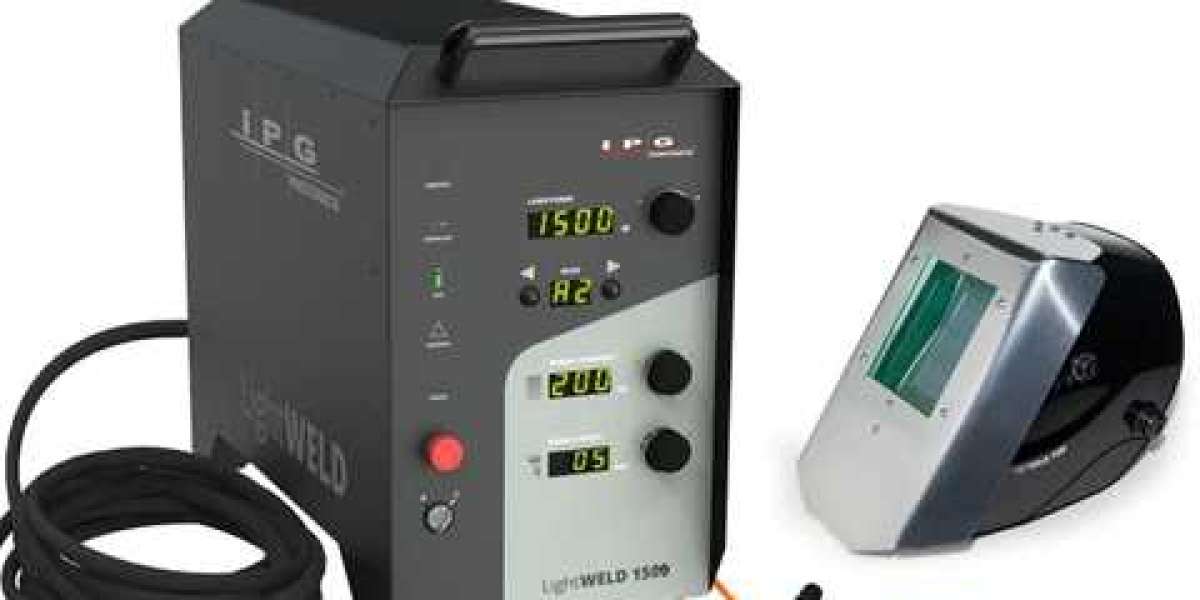In the realm of modern manufacturing, precision and efficiency are paramount. Fiber laser welding has emerged as a transformative technology, offering unparalleled precision and versatility in joining materials. In this blog, we'll explore the cutting-edge capabilities of fiber laser welding, uncovering its benefits, applications, and why it's becoming the preferred choice for industries around the globe.
Unveiling the Potential of Fiber Laser Welding:
Fiber laser welding harnesses the power of high-intensity laser beams generated by fiber-optic cables to join materials with precision and accuracy. Unlike traditional welding methods that rely on heat generated by electrical arcs or flames, fiber laser welding offers superior control over the welding process, resulting in welds of exceptional quality with minimal distortion and heat-affected zones.
Benefits of Fiber Laser Welding:
The benefits of fiber laser welding are manifold, making it a preferred choice for a wide range of manufacturing applications. Firstly, fiber laser welding delivers precise, high-quality welds with minimal spatter and post-welding cleanup, saving both time and resources. Additionally, fiber laser welding produces minimal heat input, reducing the risk of material distortion and preserving the integrity of the surrounding materials. Moreover, its non-contact nature minimizes the risk of contamination, making it ideal for applications in industries such as automotive, aerospace, and medical device manufacturing.
Applications Across Industries:
Fiber laser welding finds extensive applications across a diverse array of industries, from automotive and aerospace to electronics and renewable energy. In automotive manufacturing, fiber laser welding is used to join lightweight materials such as aluminum and high-strength steel, resulting in stronger, more fuel-efficient vehicles. In aerospace, it plays a critical role in fabricating complex components with tight tolerances, ensuring the structural integrity of aircraft. Similarly, in the electronics industry, fiber laser welding enables precise welding of miniature components, ensuring reliable connections in electronic devices.
Enhancing Efficiency and Precision:
One of the key advantages of fiber laser welding is its ability to enhance efficiency and precision in welding operations. Its high-speed welding capabilities and minimal heat input enable rapid production cycles, thereby reducing lead times and increasing overall productivity. Moreover, the precise control offered by fiber laser welding allows for the welding of highly intricate components with unmatched accuracy, paving the way for innovation and excellence in product design and manufacturing.
Investing in Innovation:
As technology continues to advance, the demand for precision and quality in manufacturing only grows stronger. Fiber laser welding represents a wise investment for businesses looking to stay ahead of the curve and maintain a competitive edge in the market. By harnessing the power of fiber laser welding technology, manufacturers can achieve superior weld quality, maximize efficiency, and drive innovation across a wide range of applications.
Conclusion:
In a world where precision and efficiency are paramount, fiber laser welding emerges as a game-changing technology for modern manufacturing. Its ability to deliver precise, high-quality welds with minimal distortion and heat-affected zones makes it an invaluable asset in industries ranging from automotive and aerospace to electronics and renewable energy. By investing in fiber laser welding, businesses can unlock new possibilities, drive innovation, and stay ahead of the competition in an ever-evolving market landscape.







